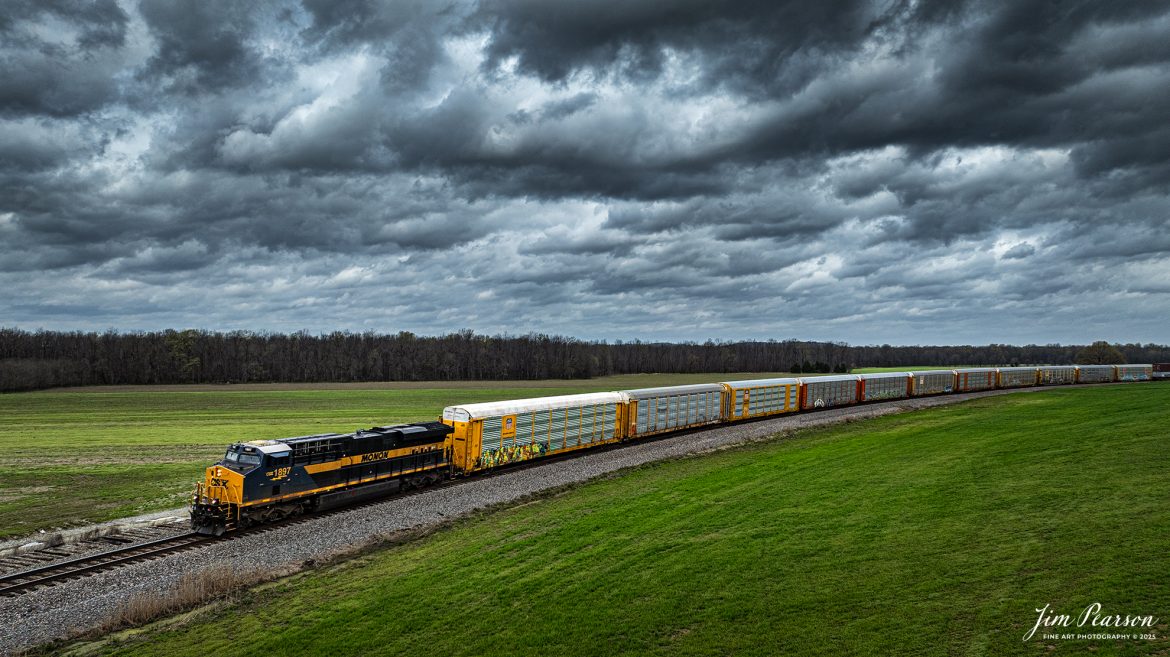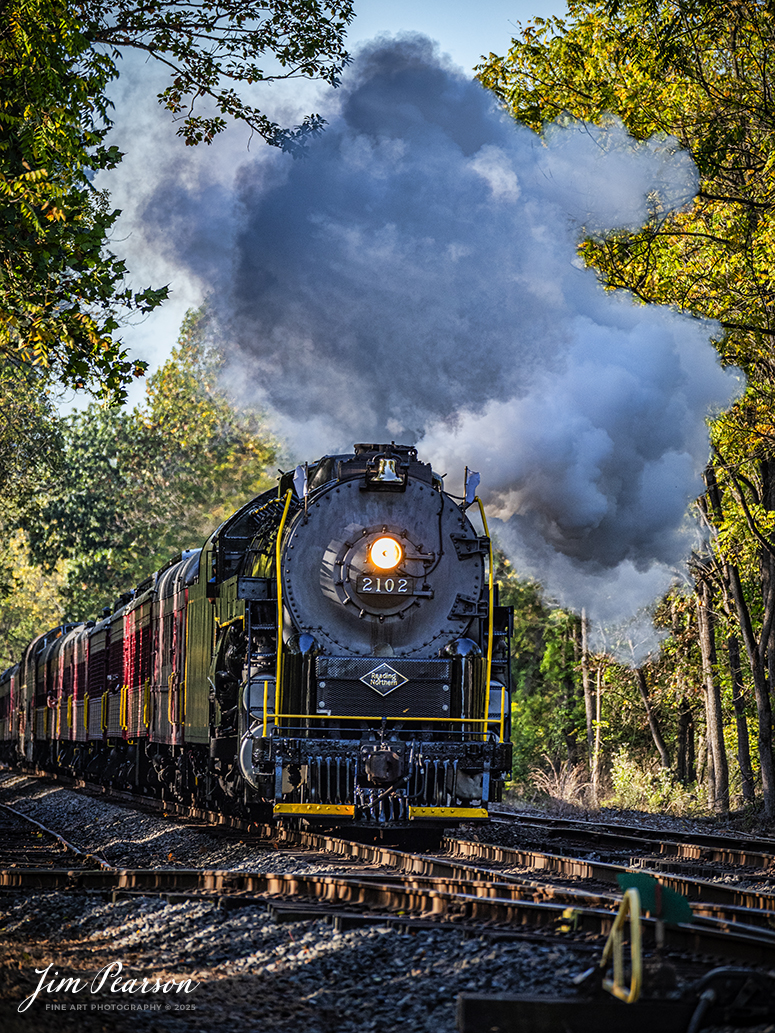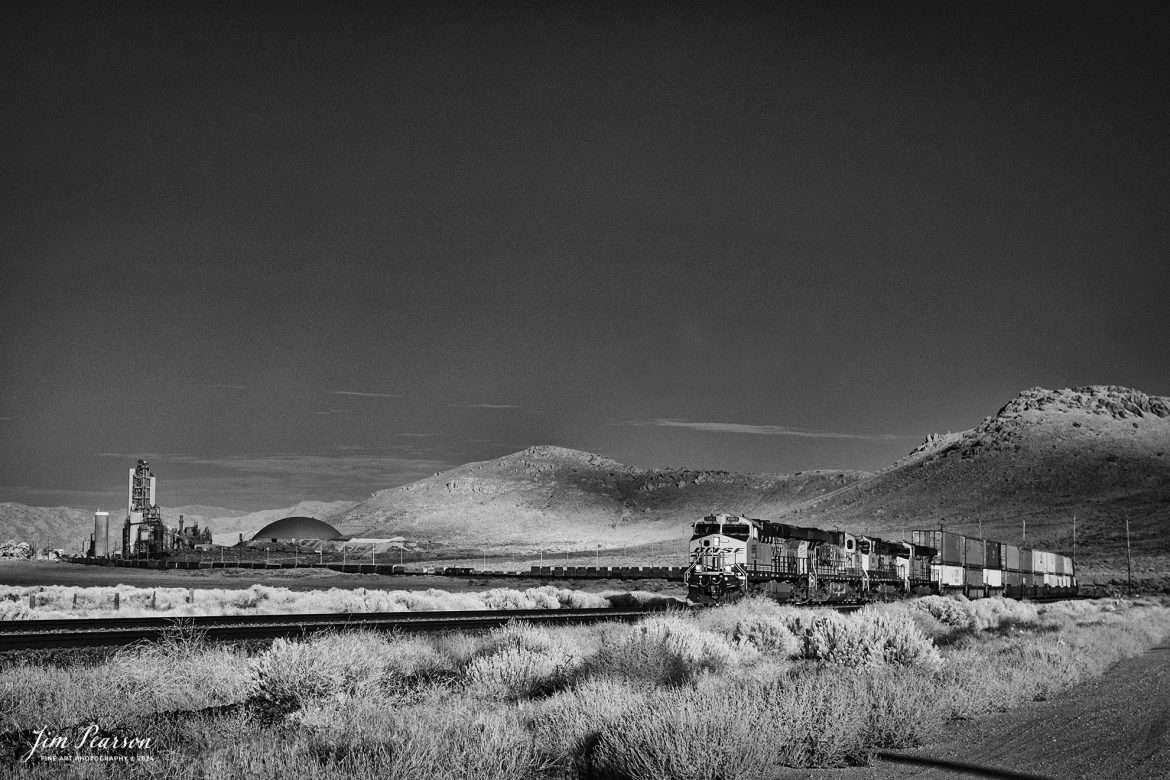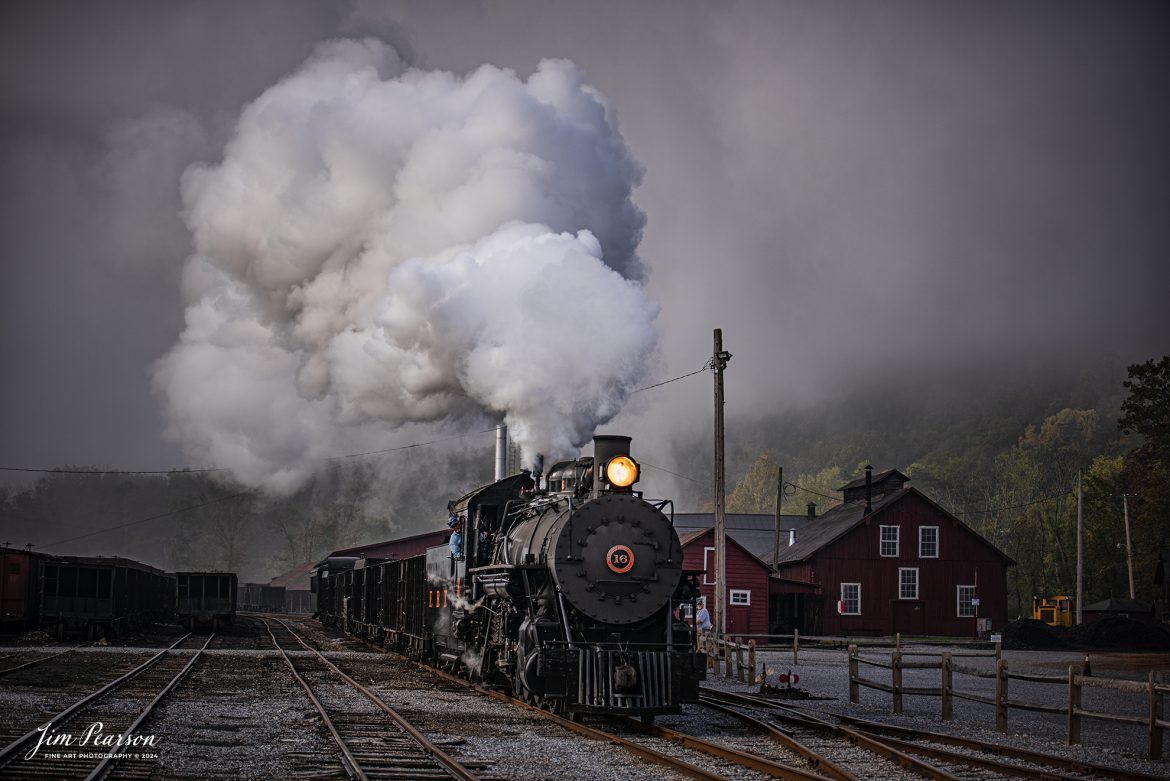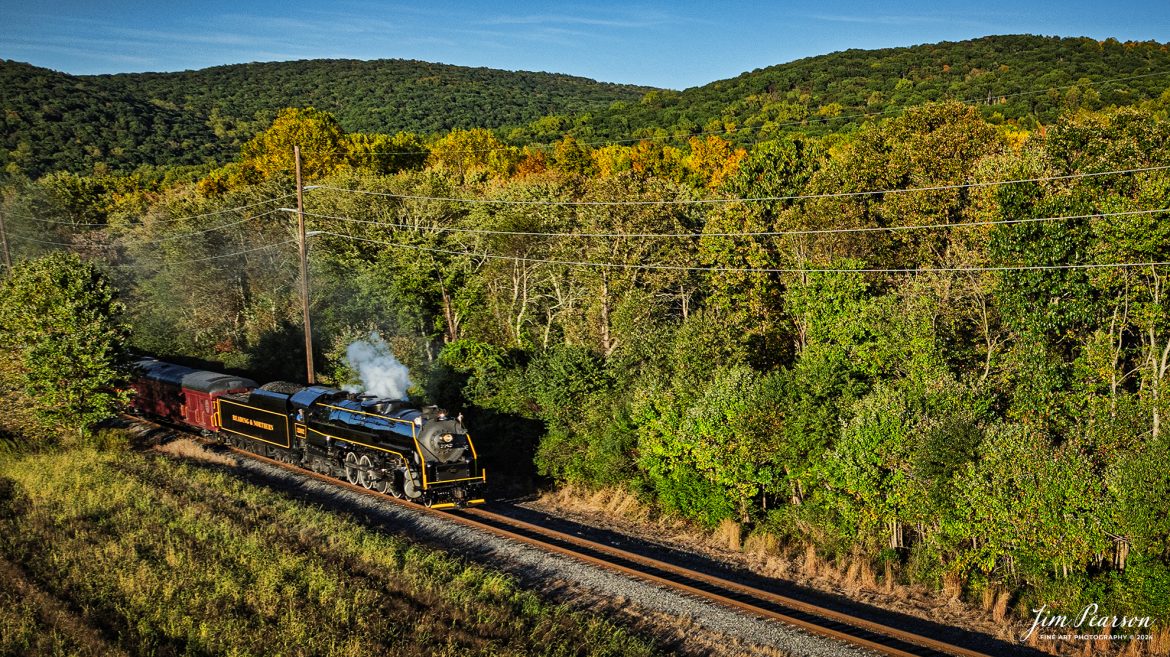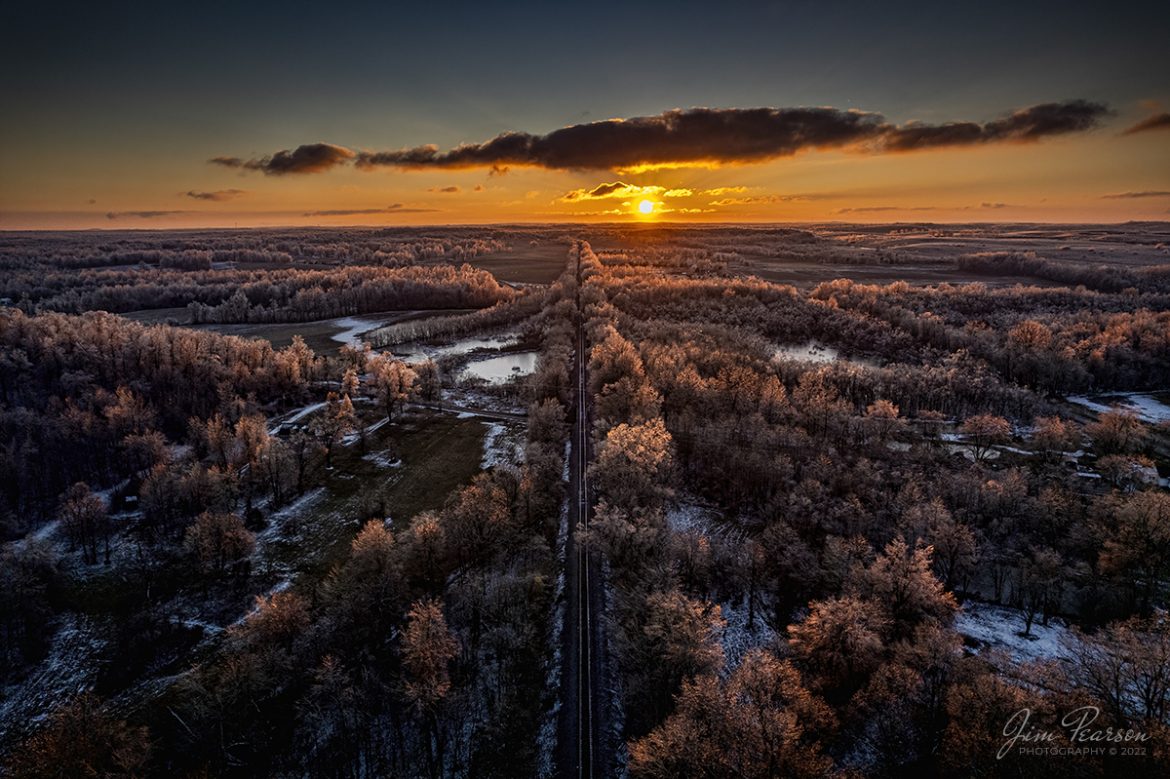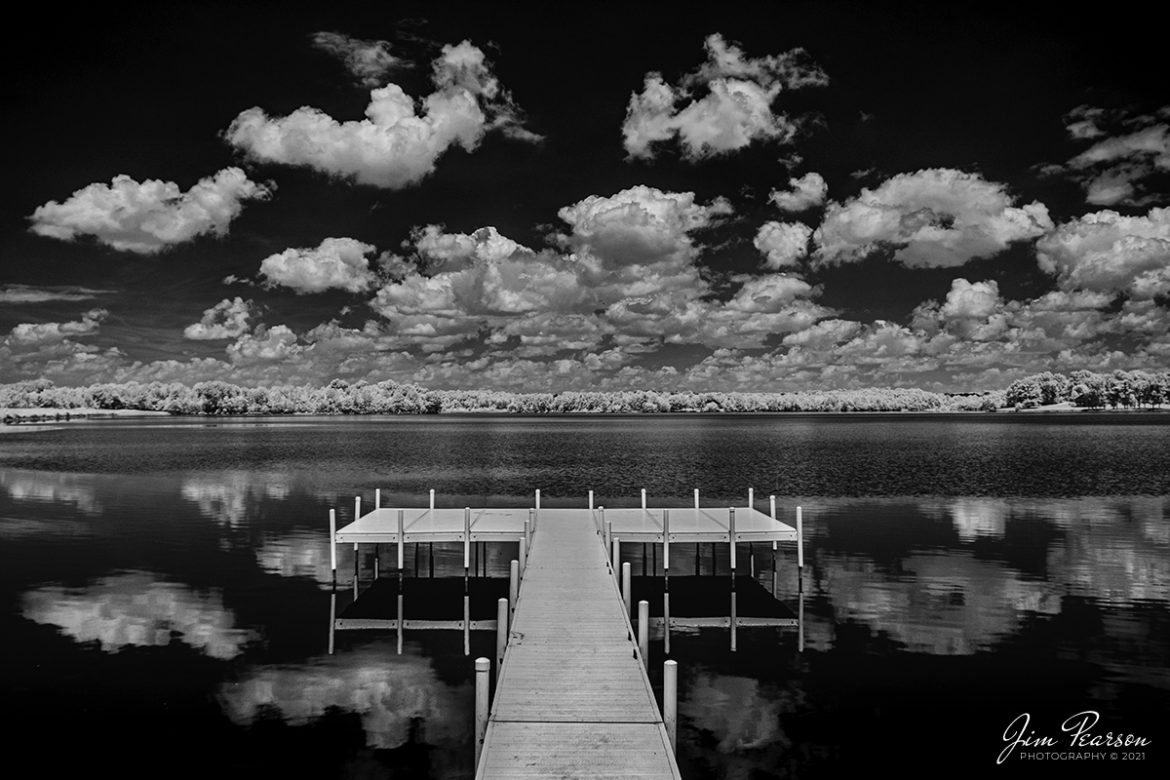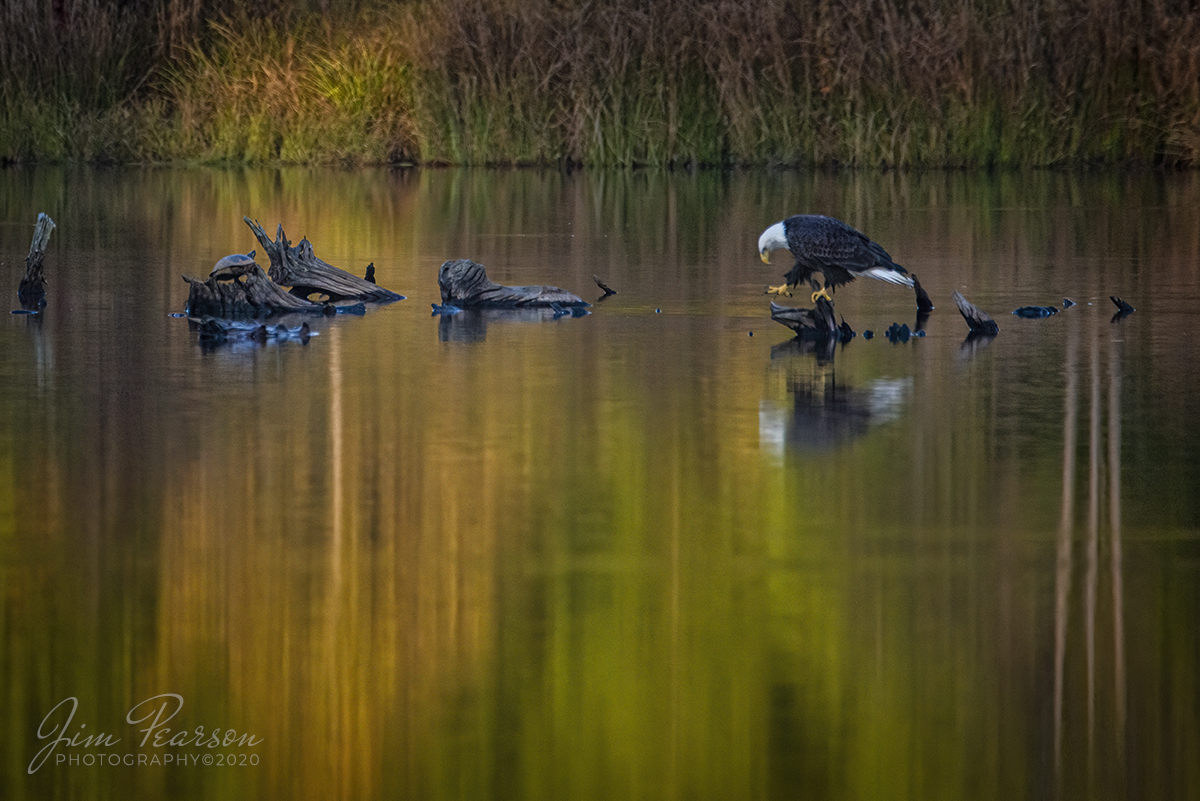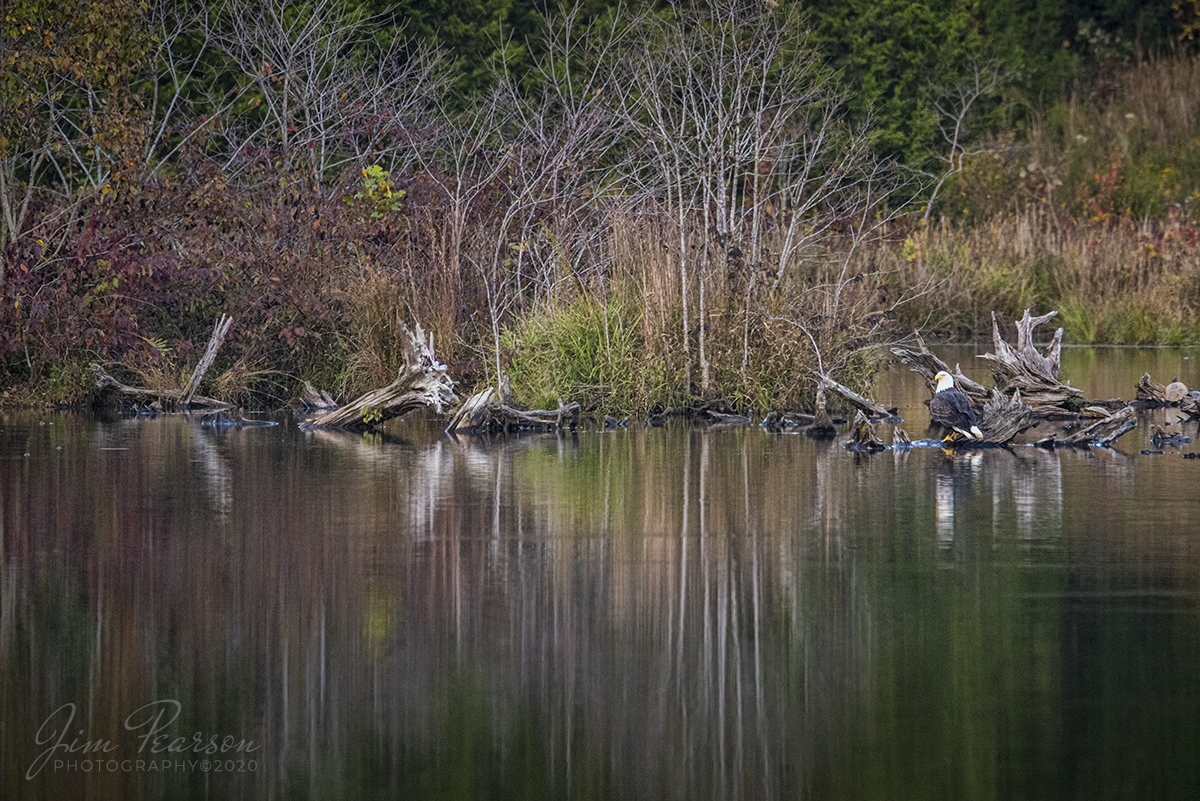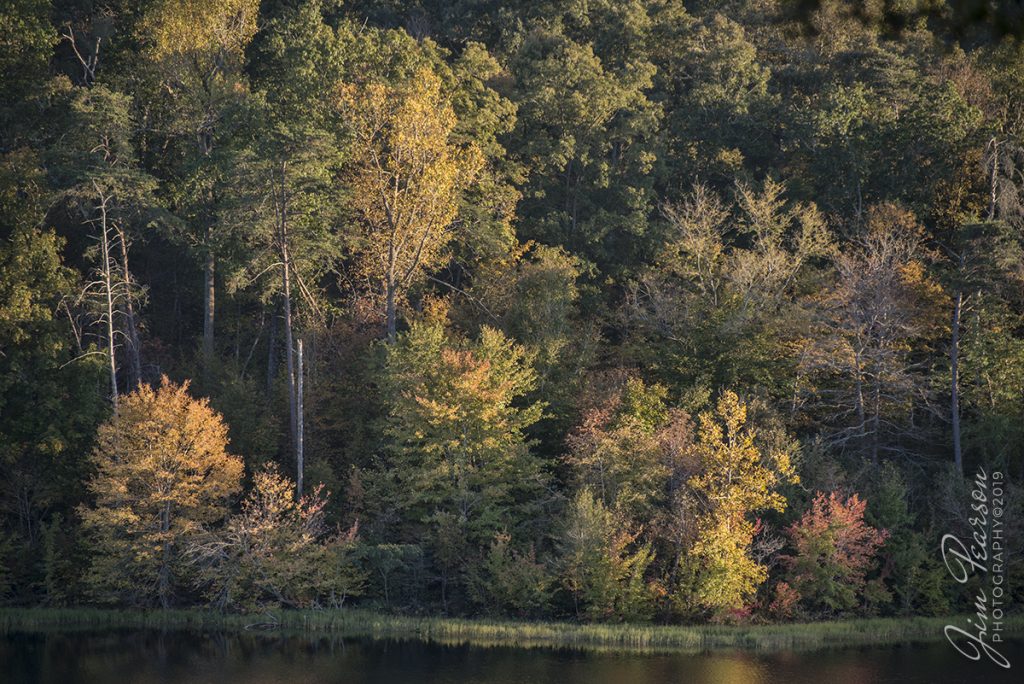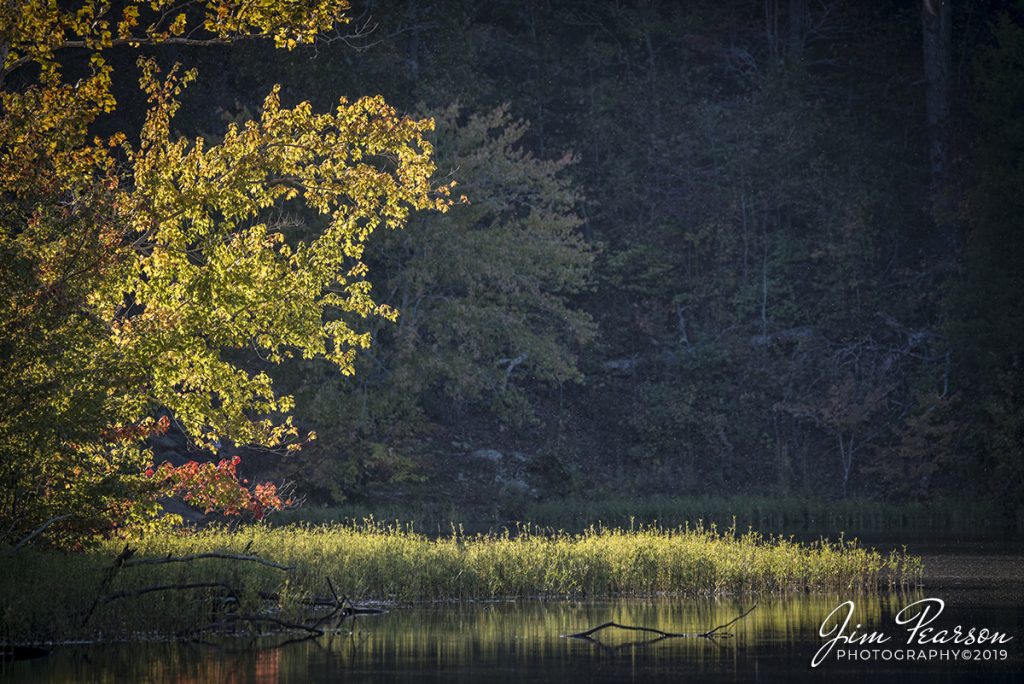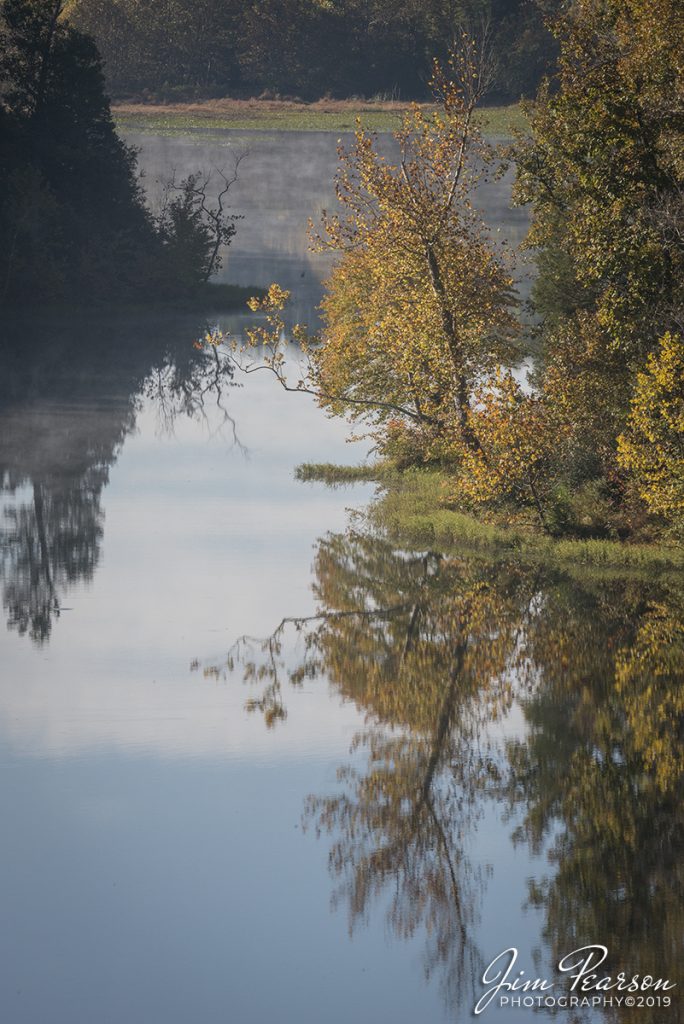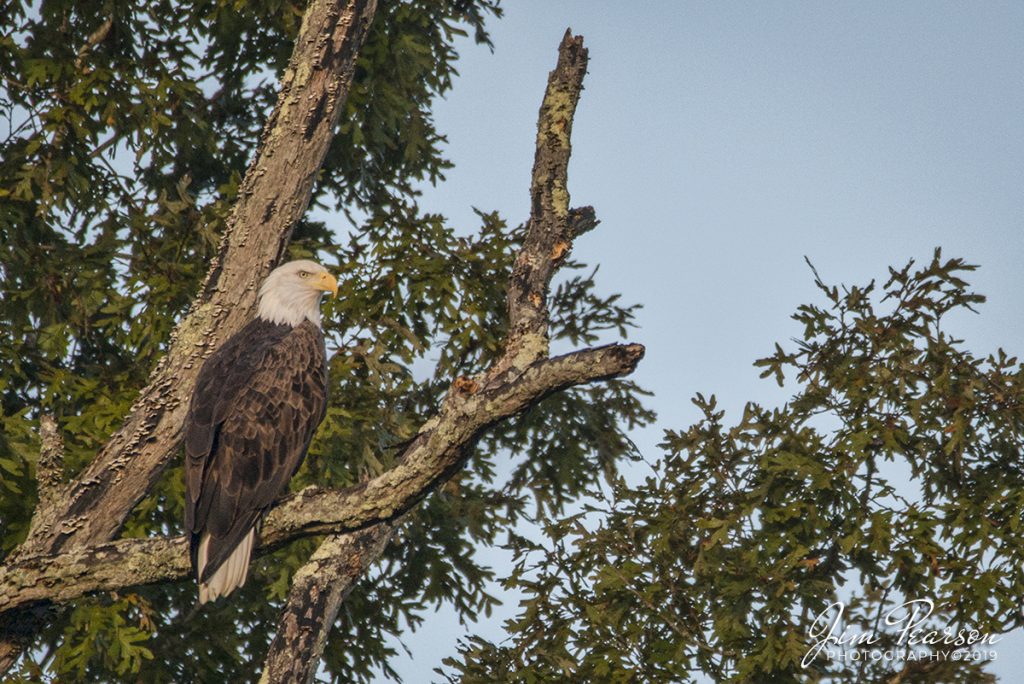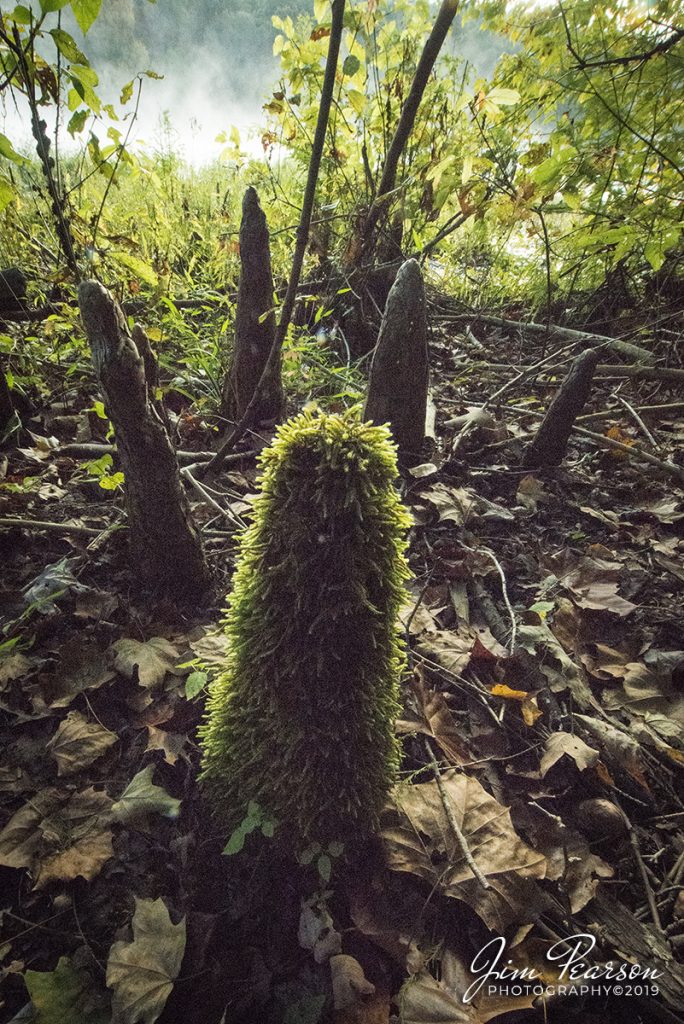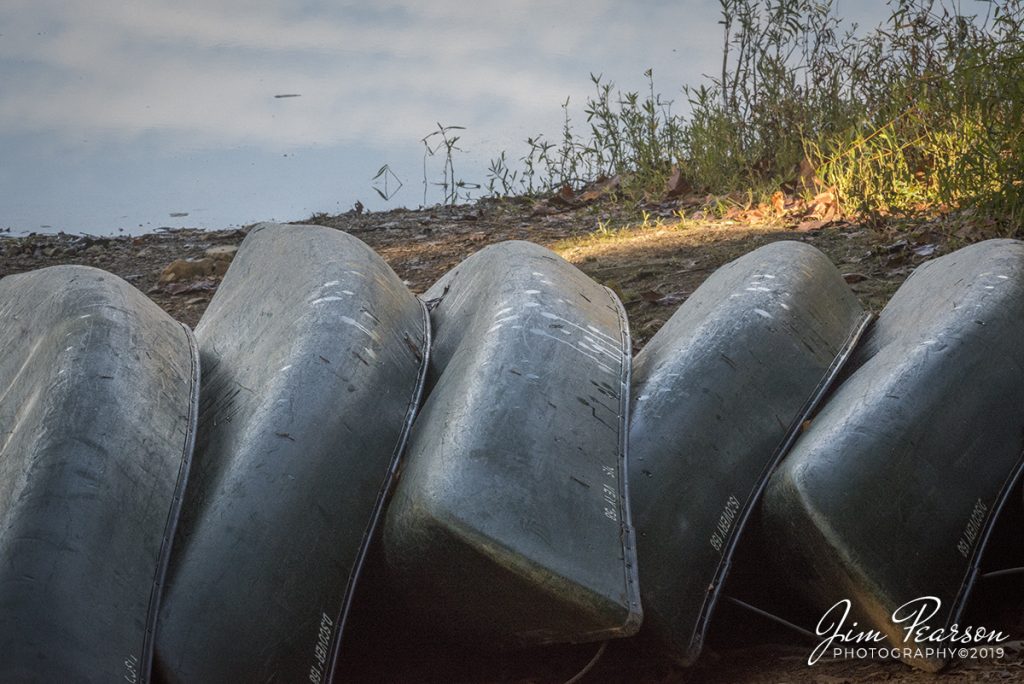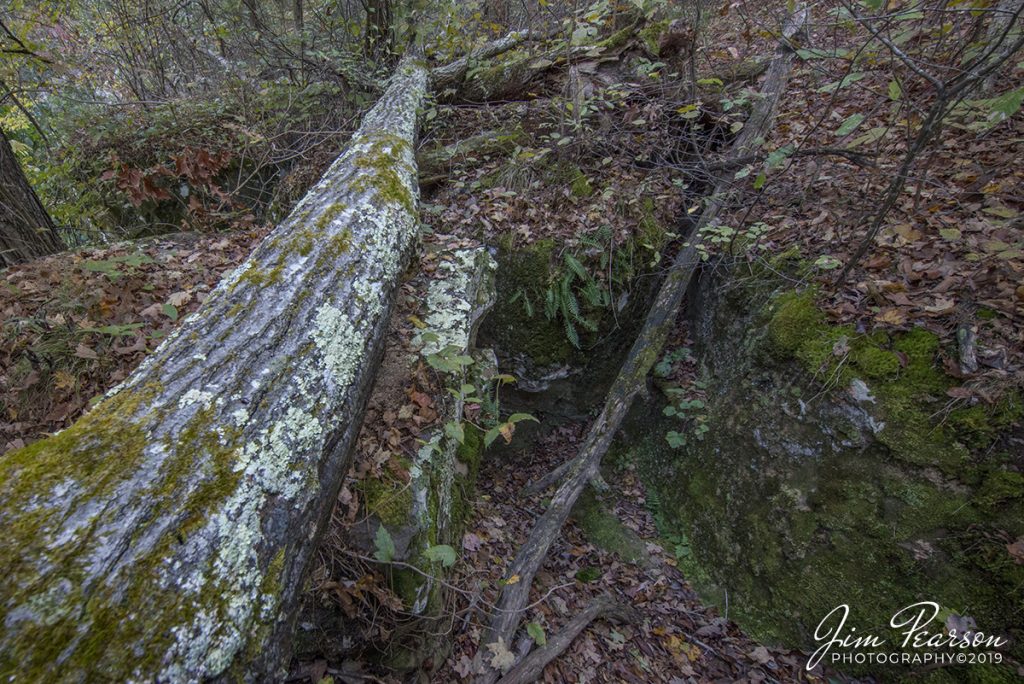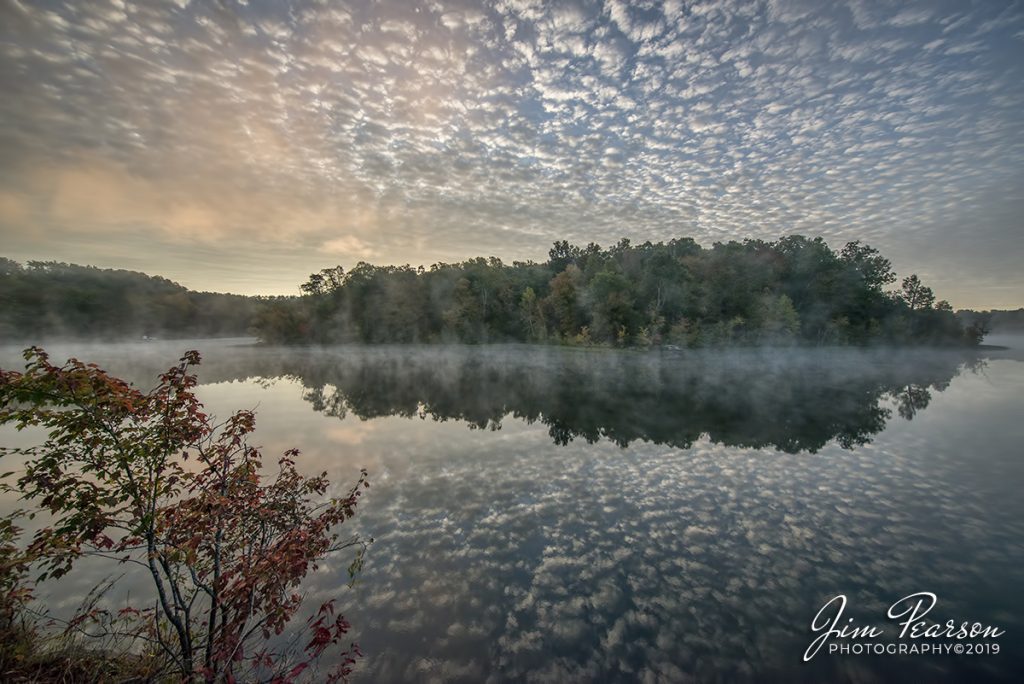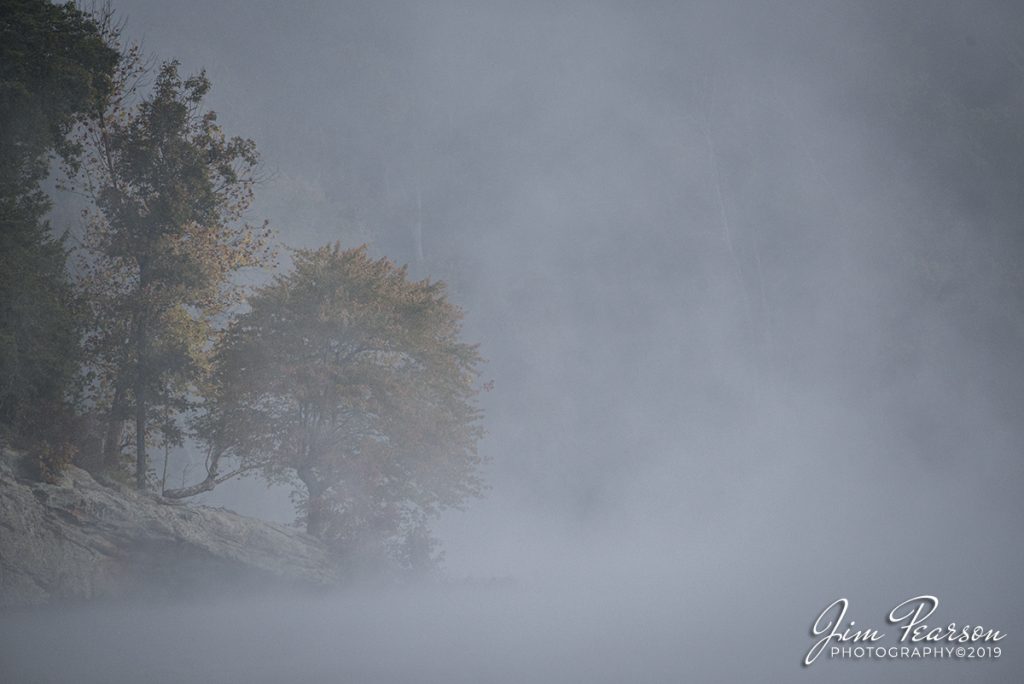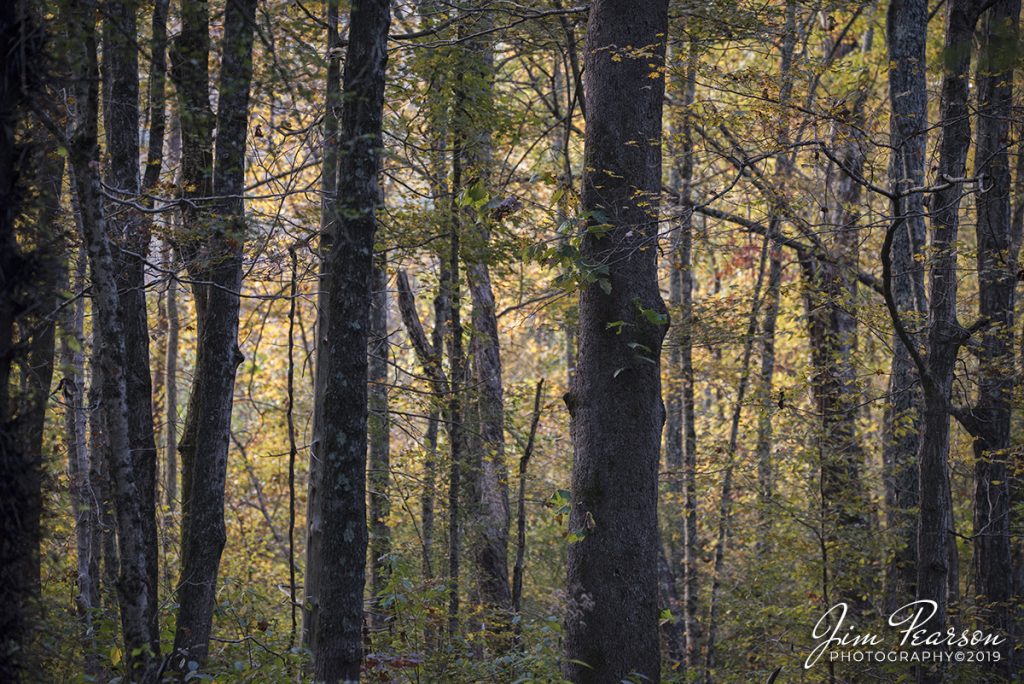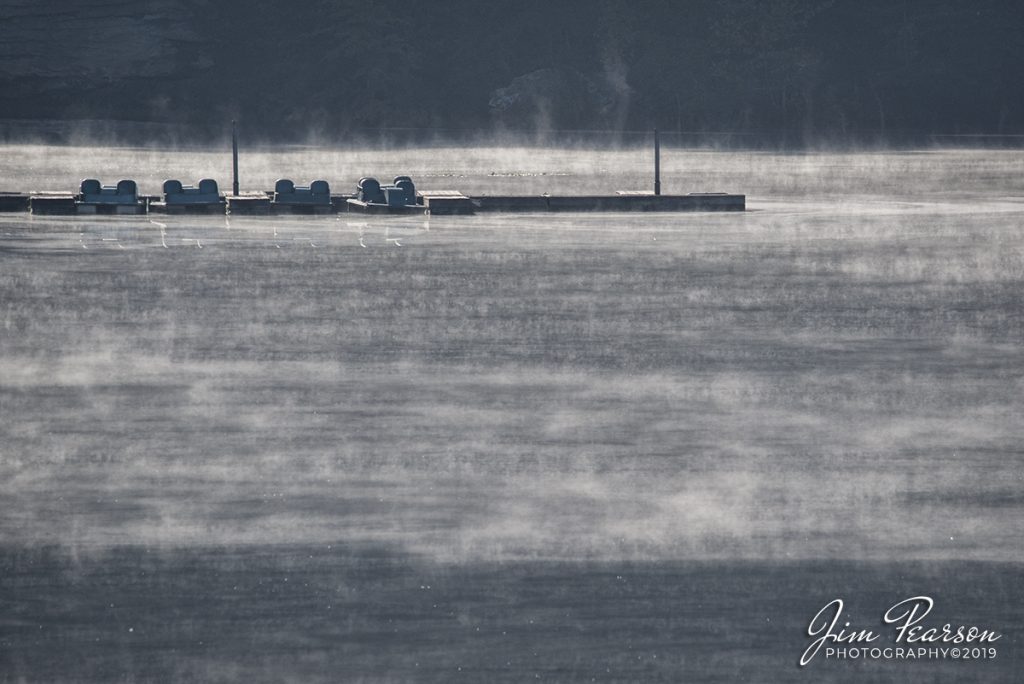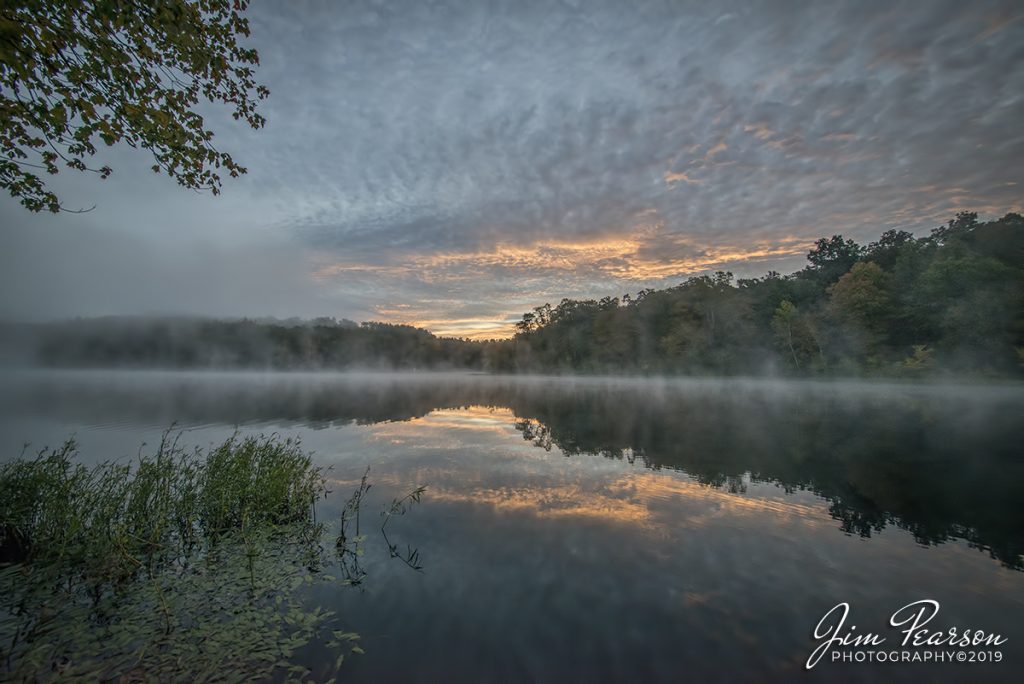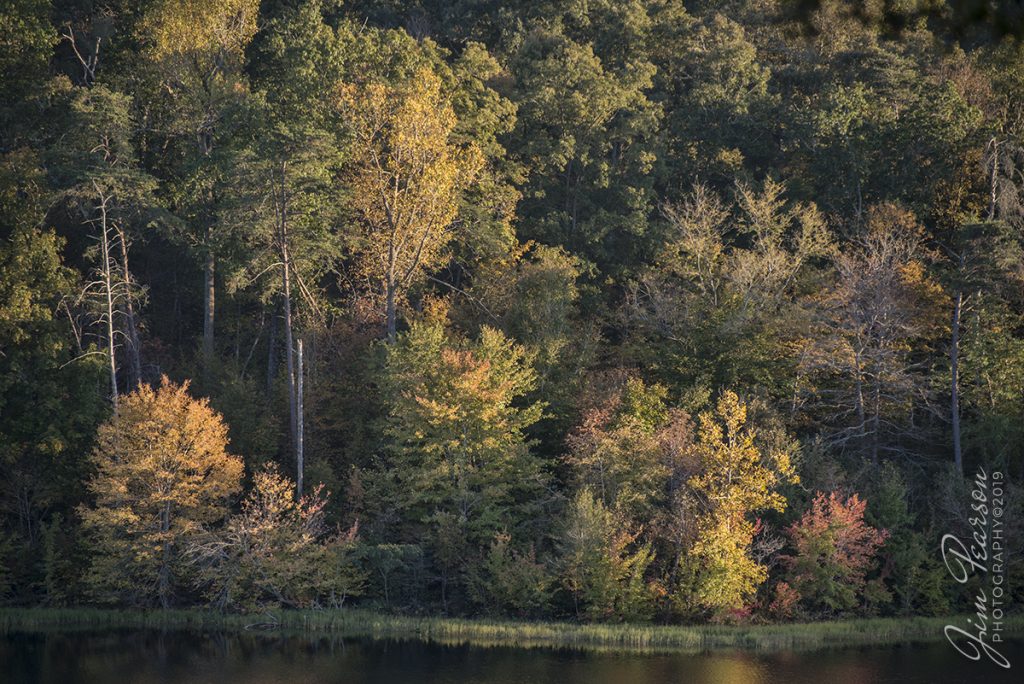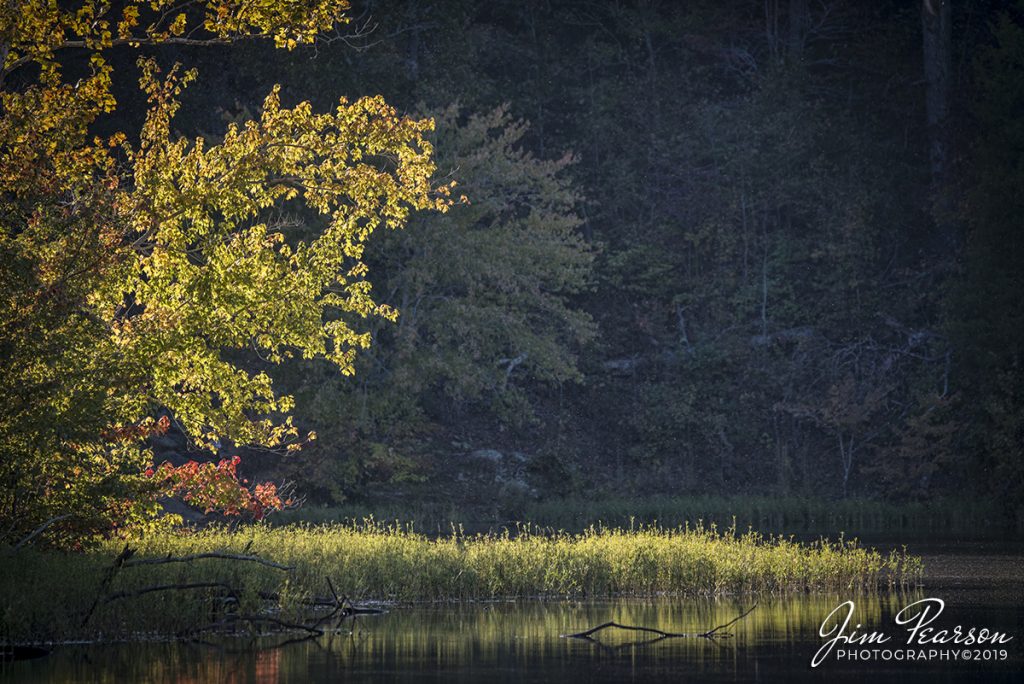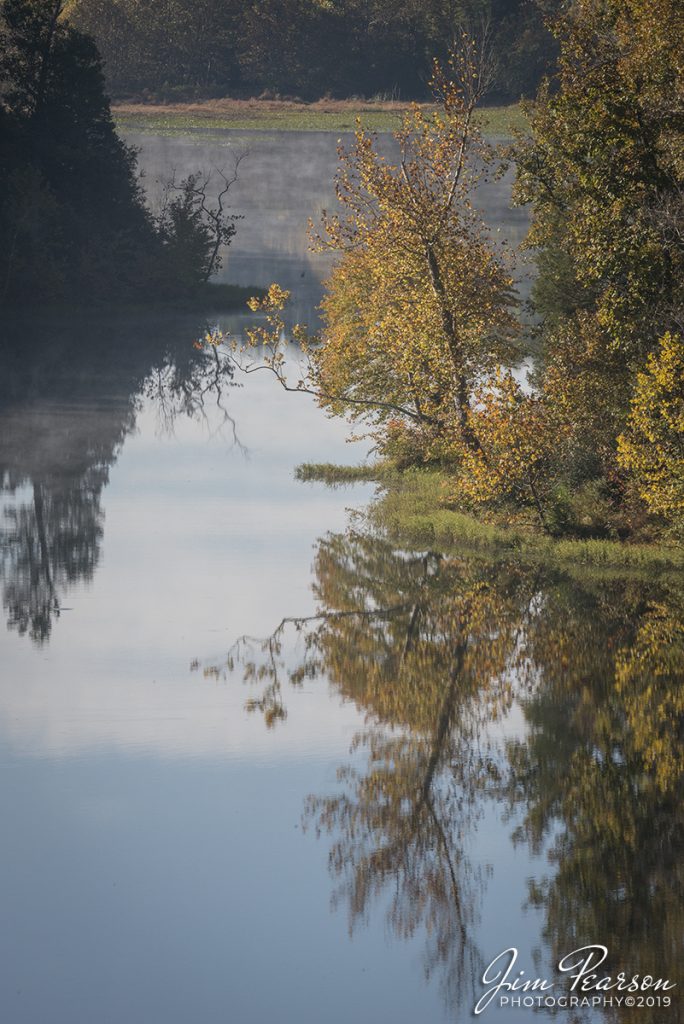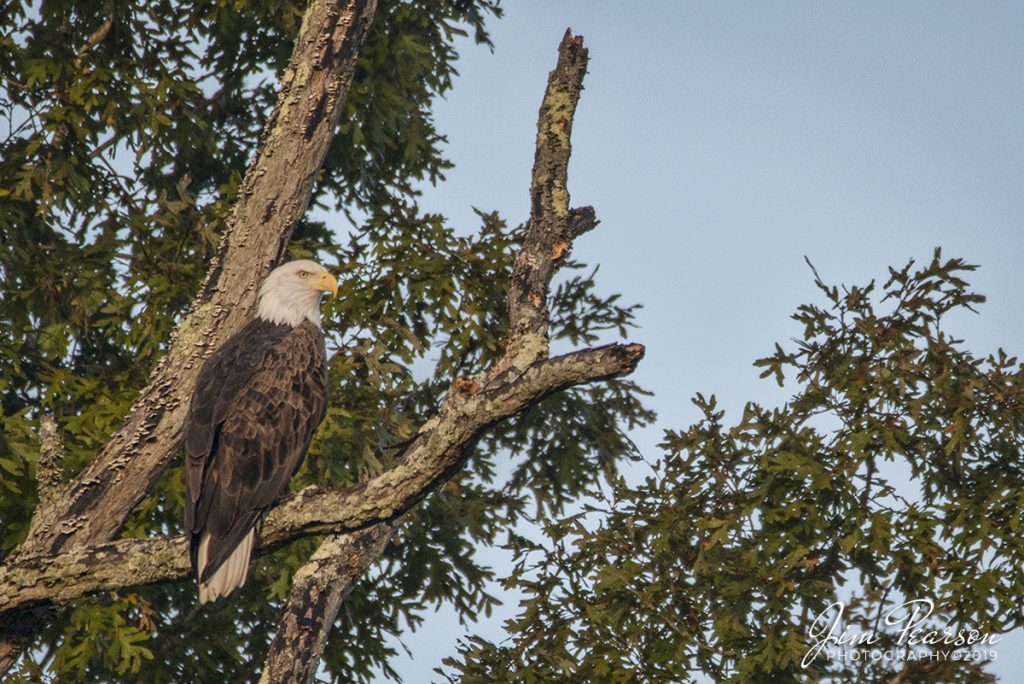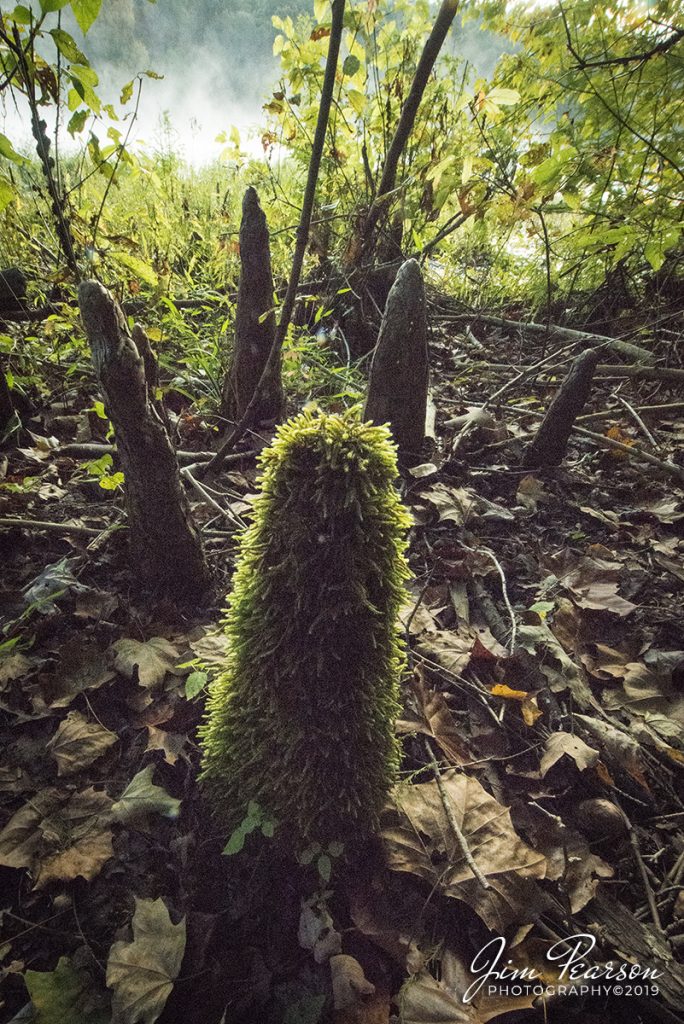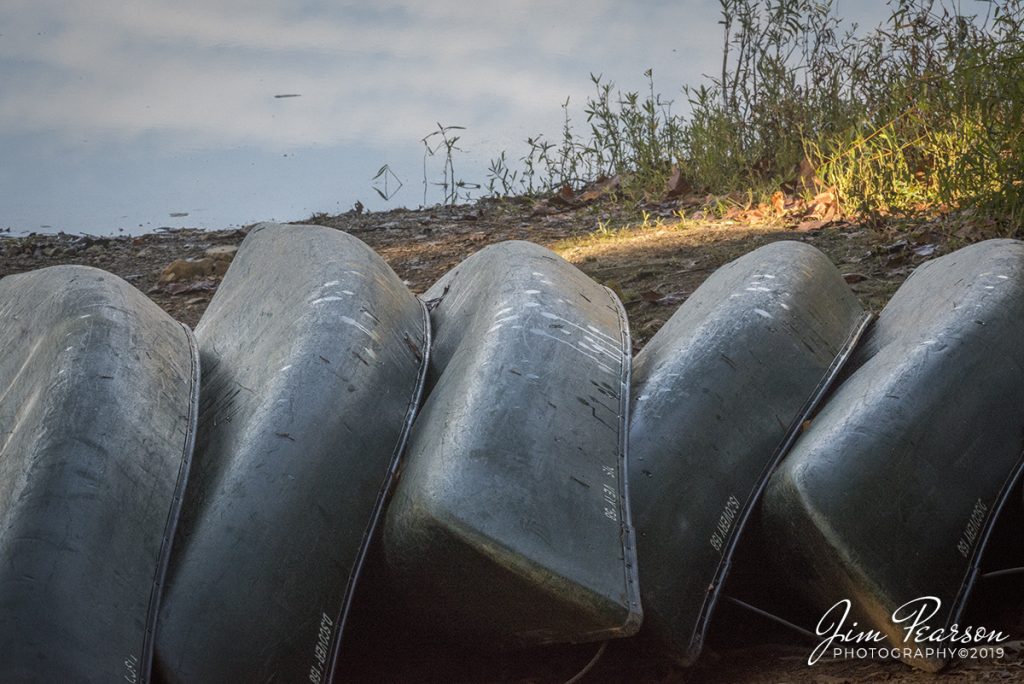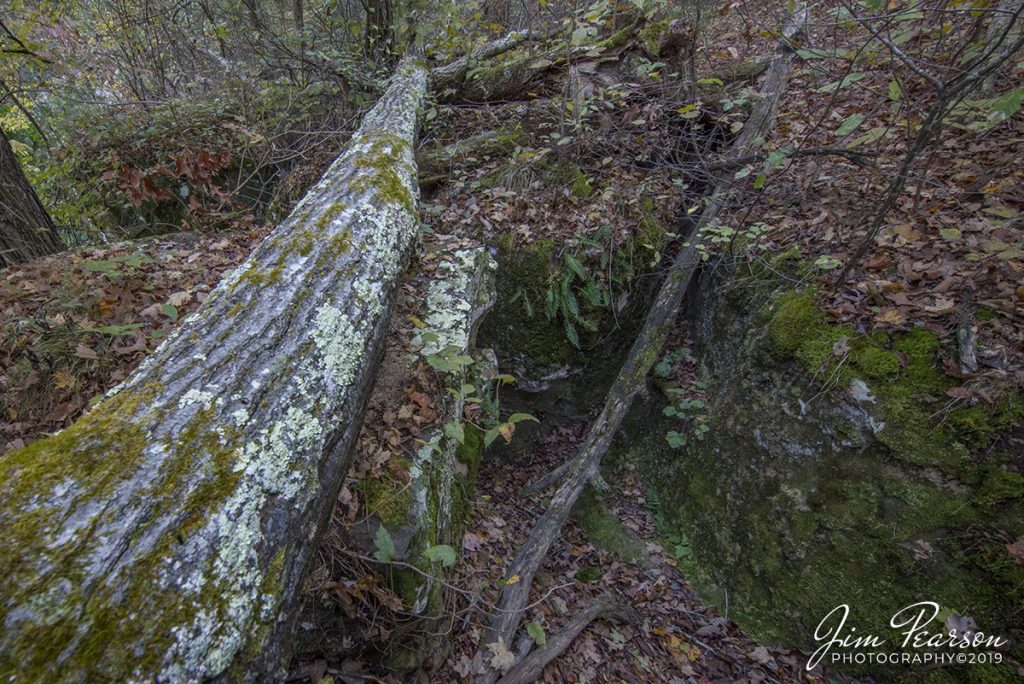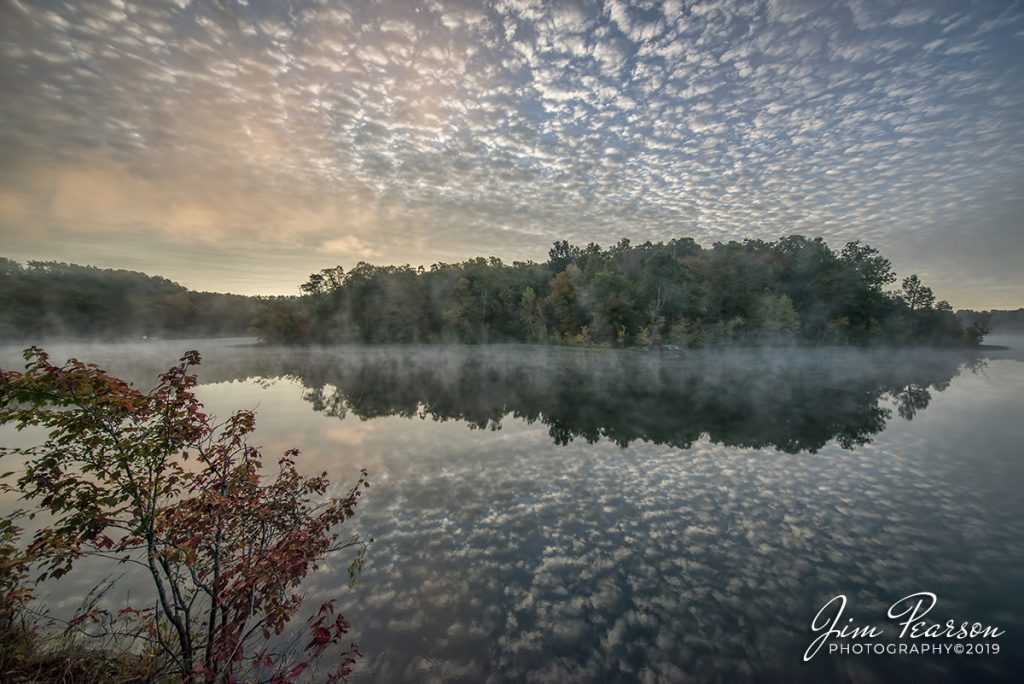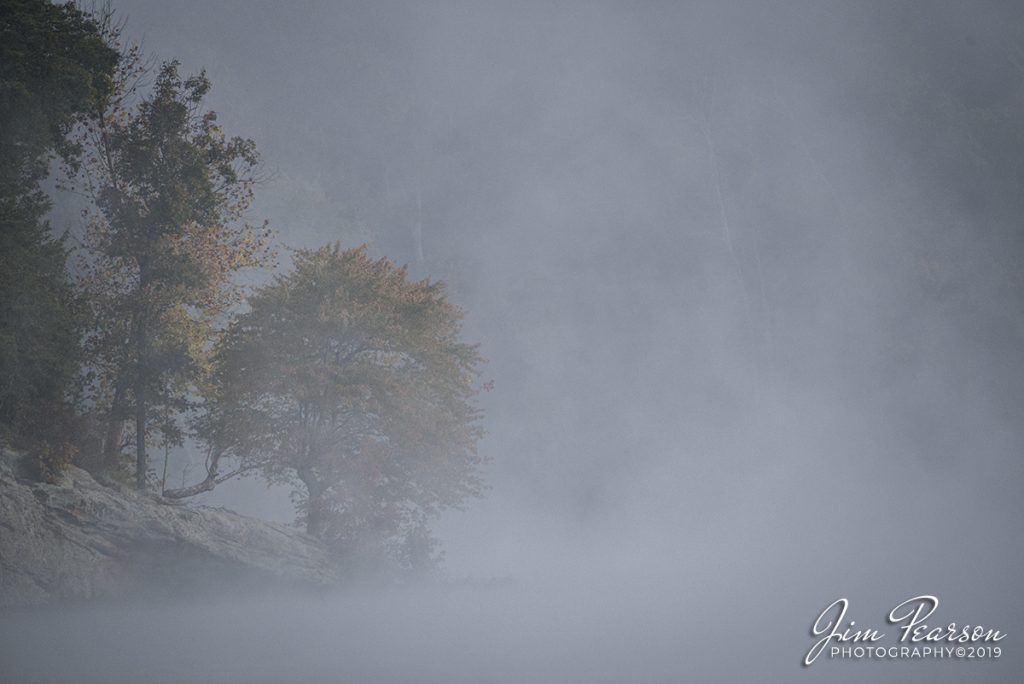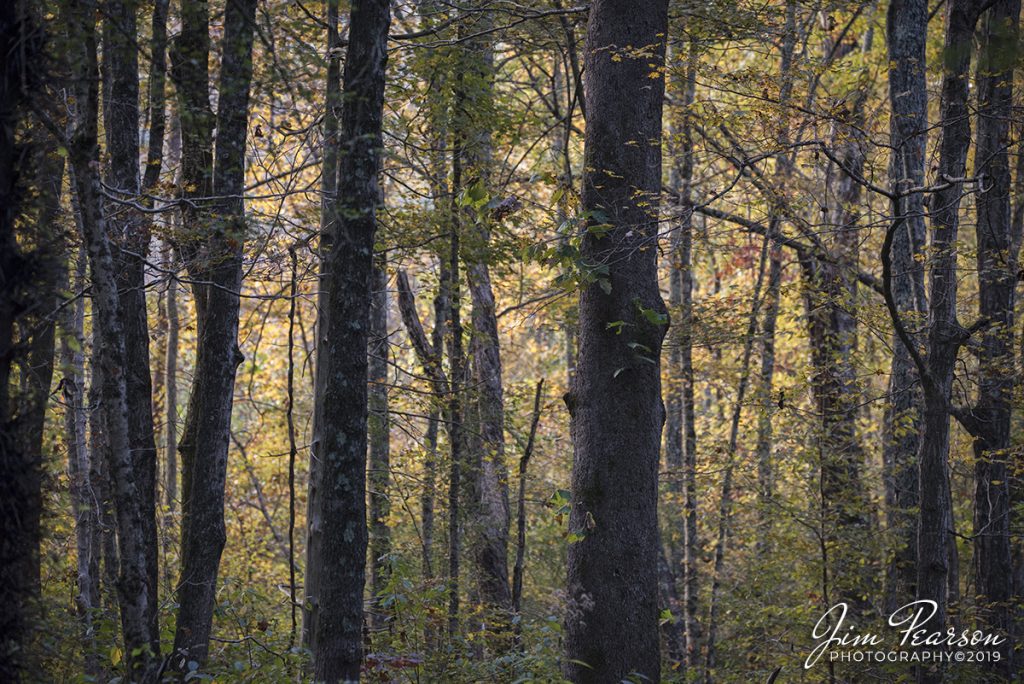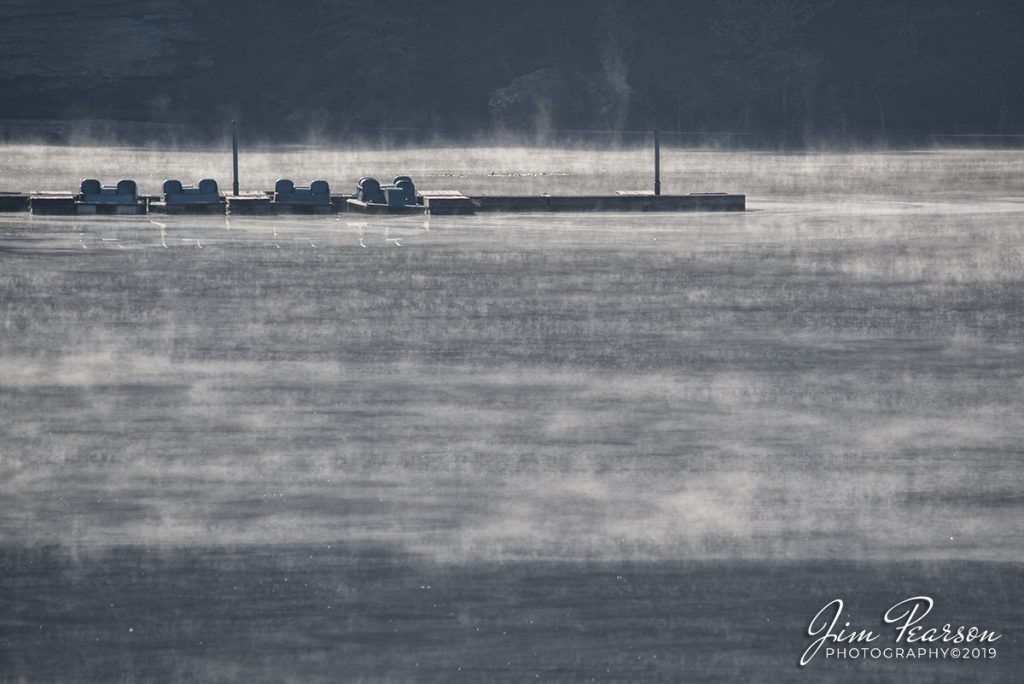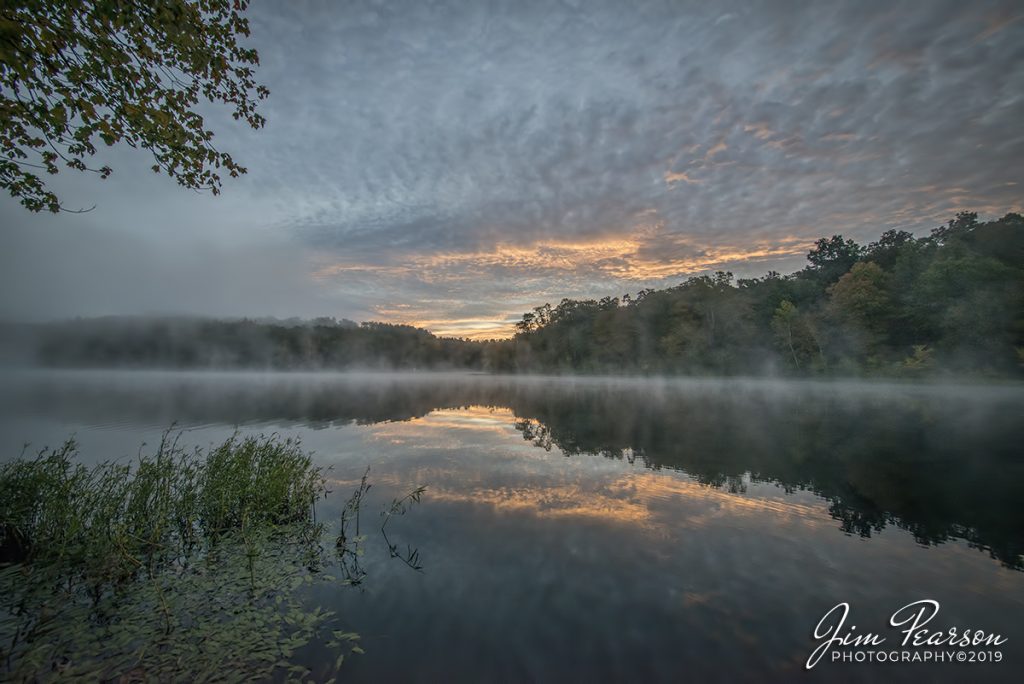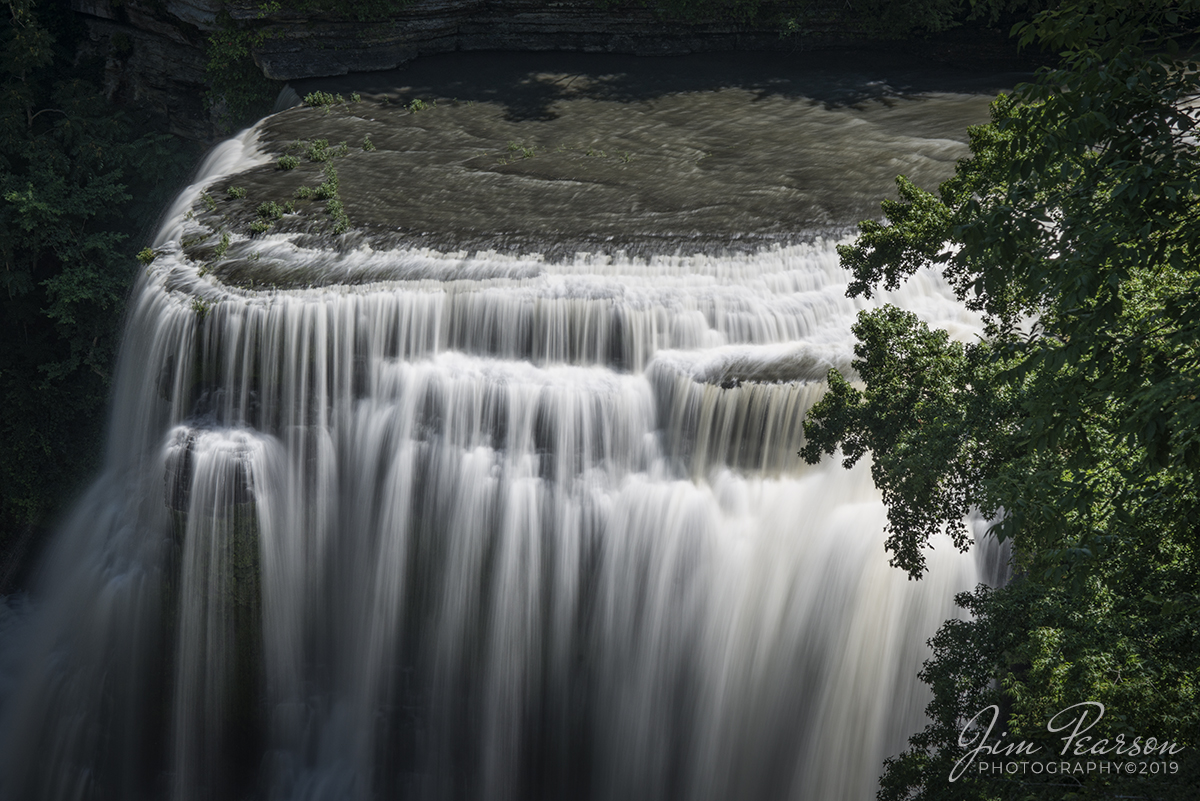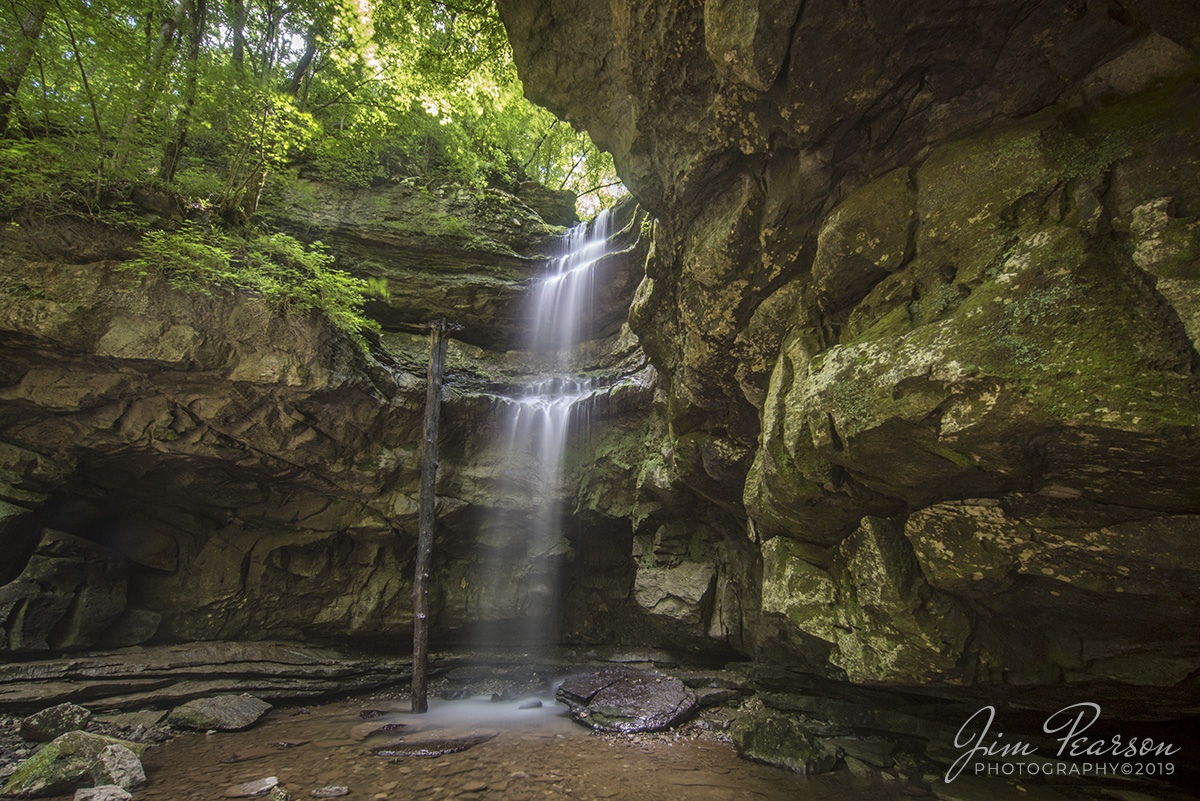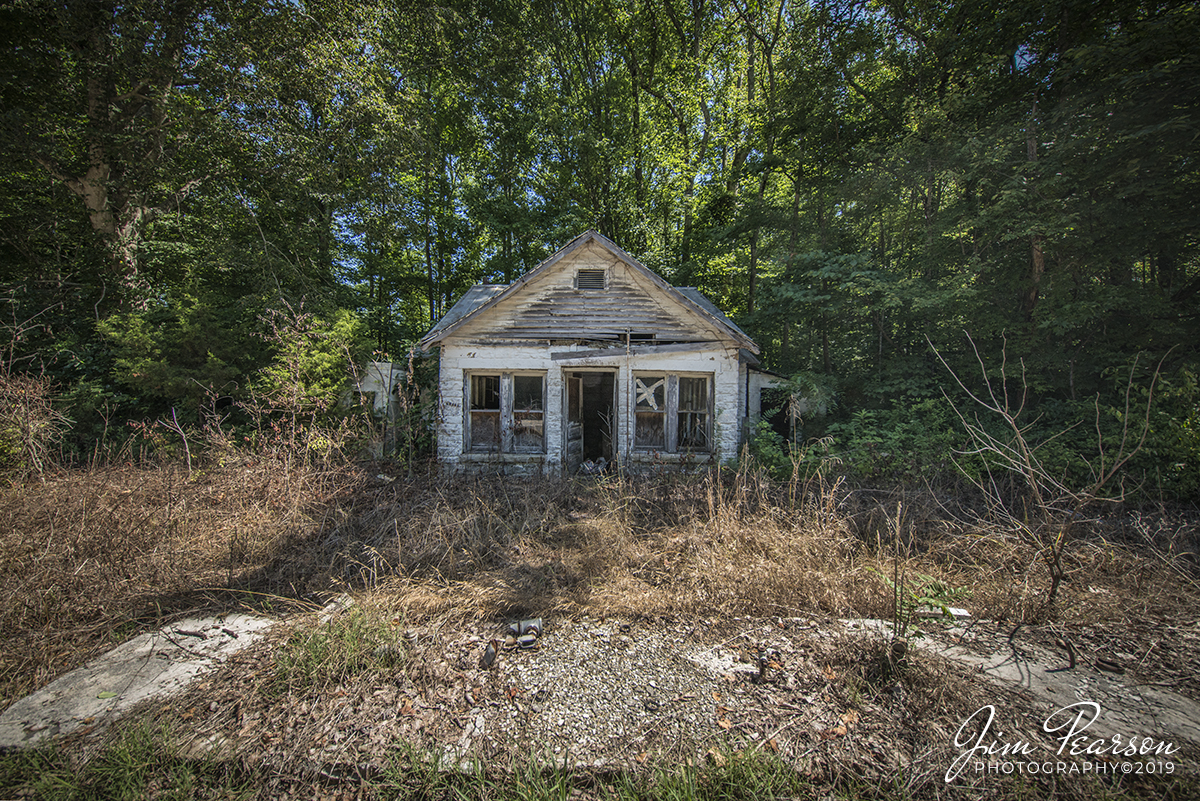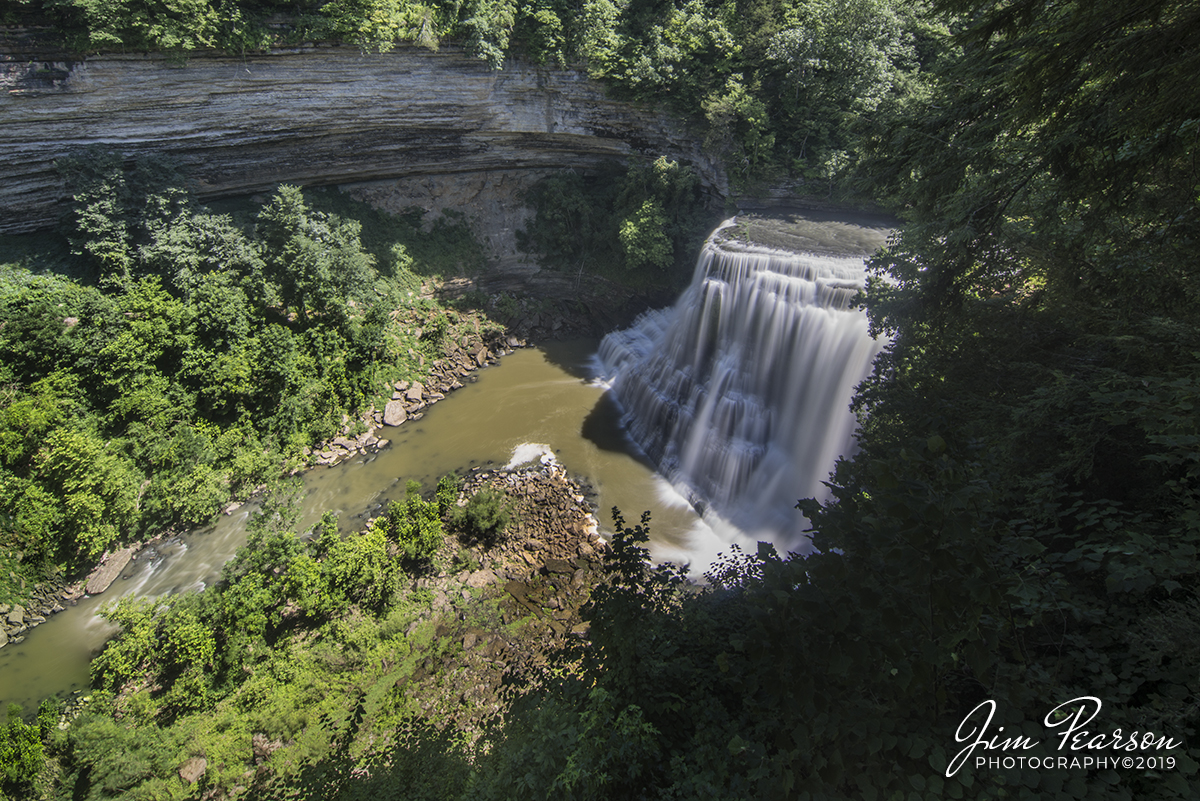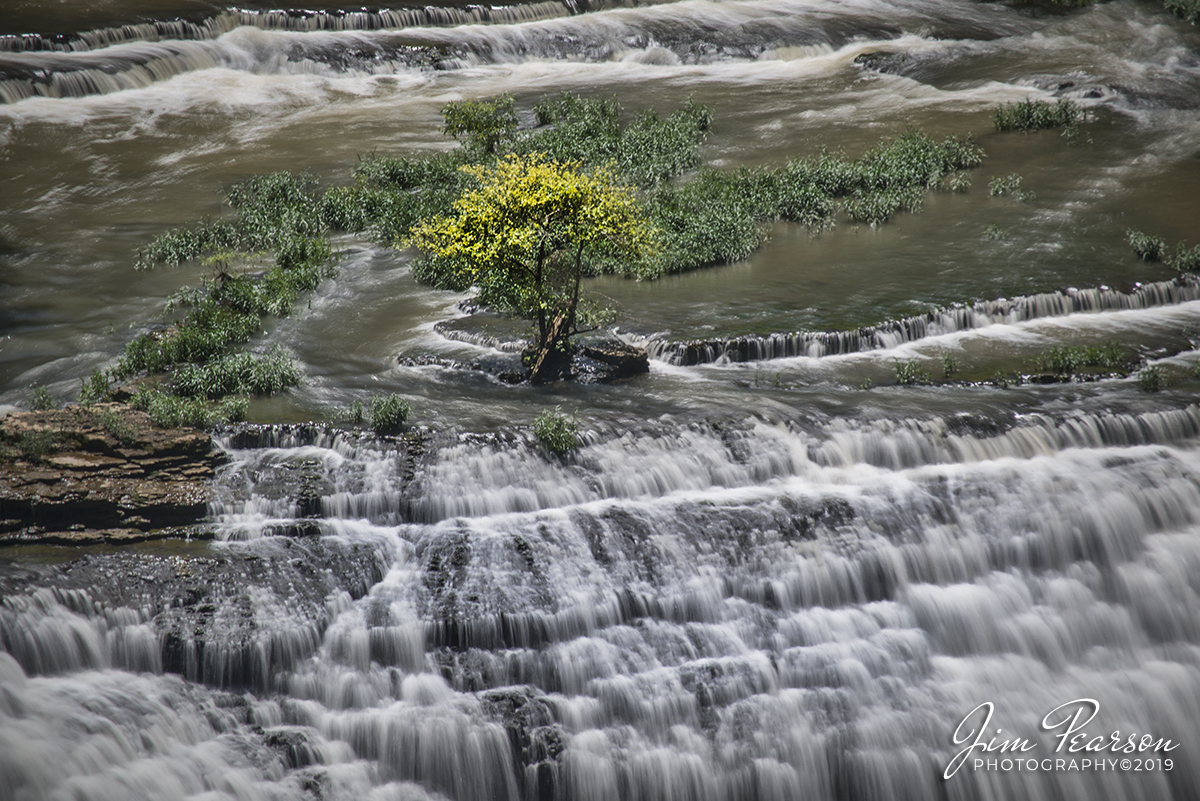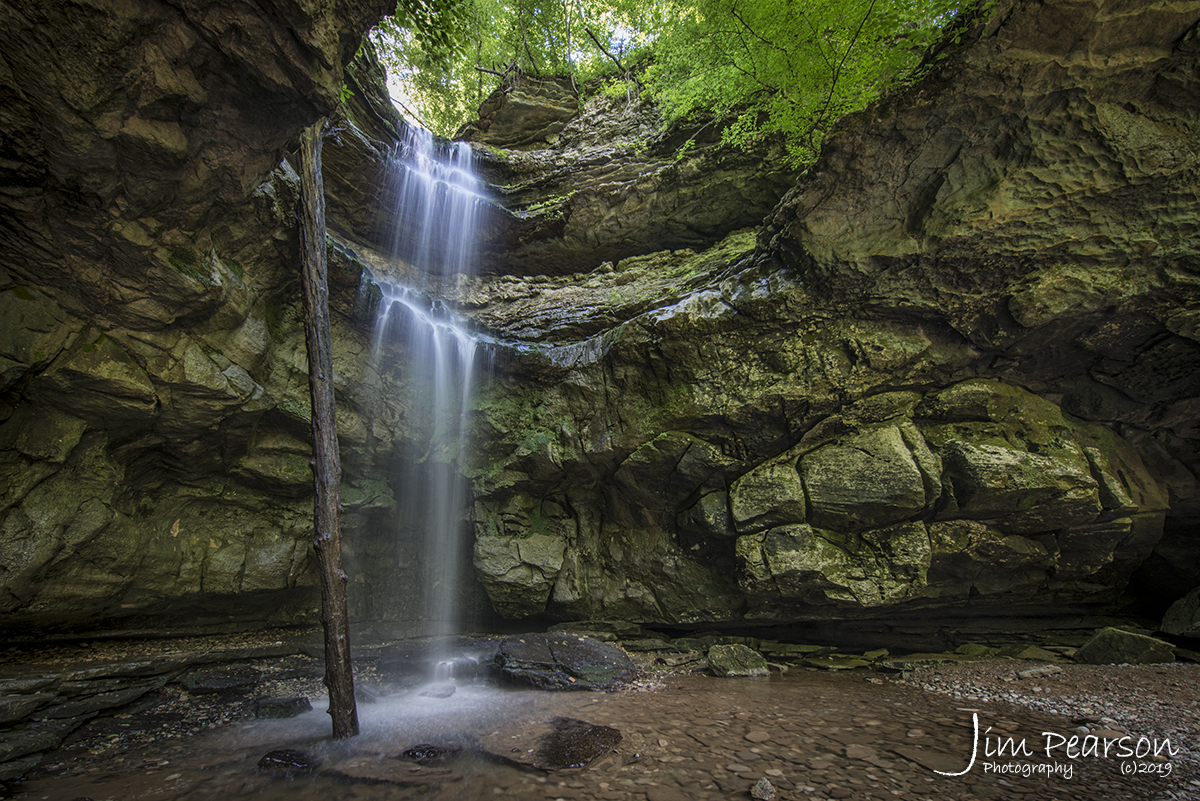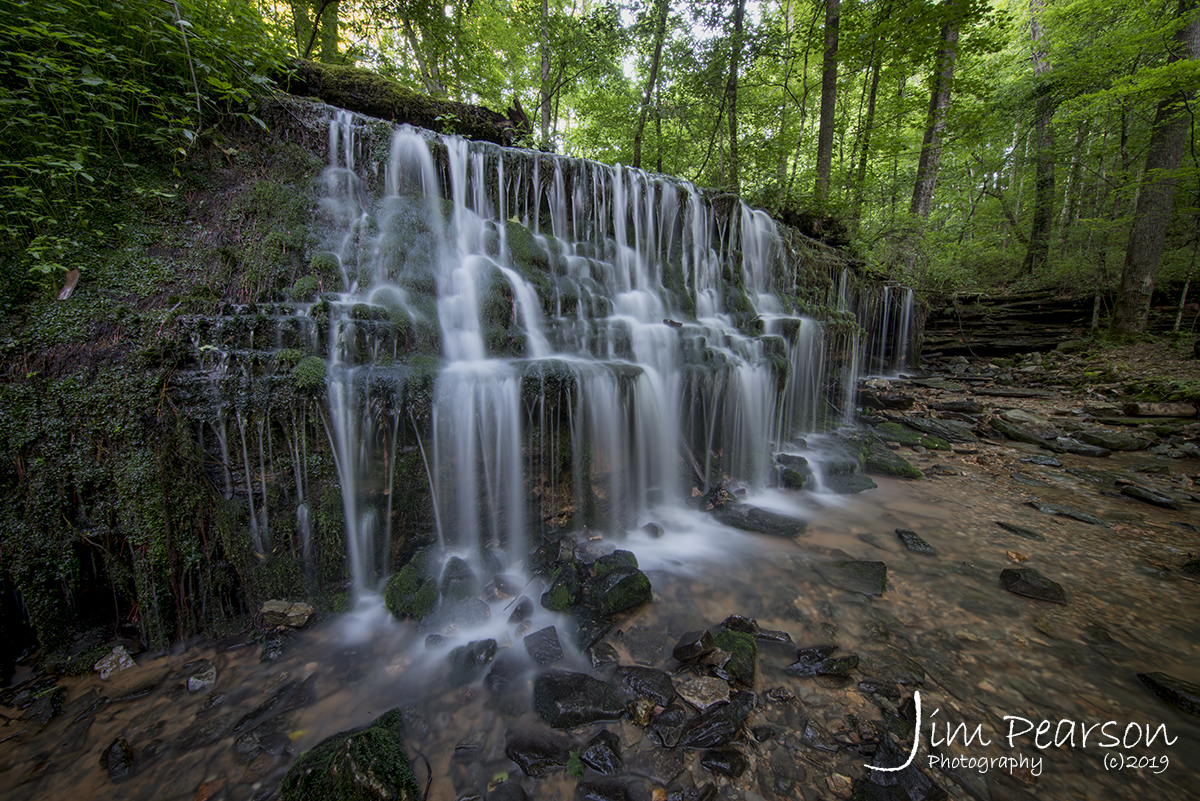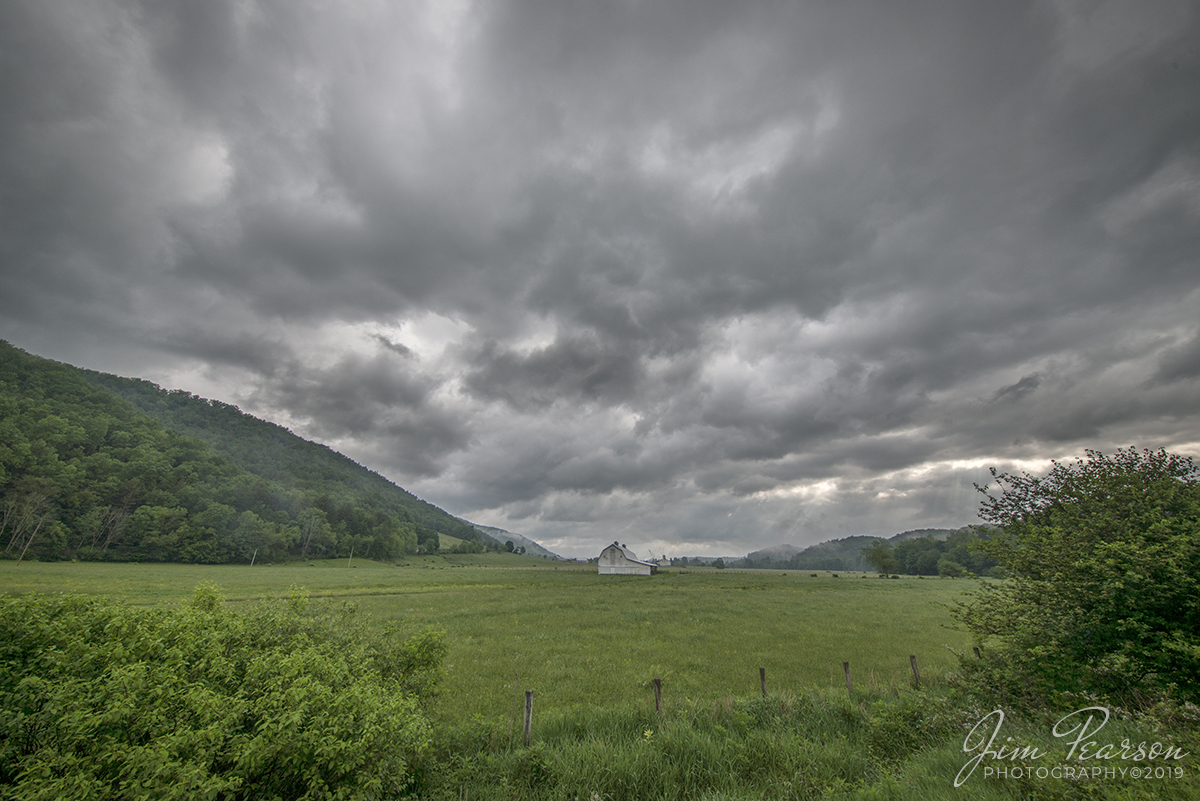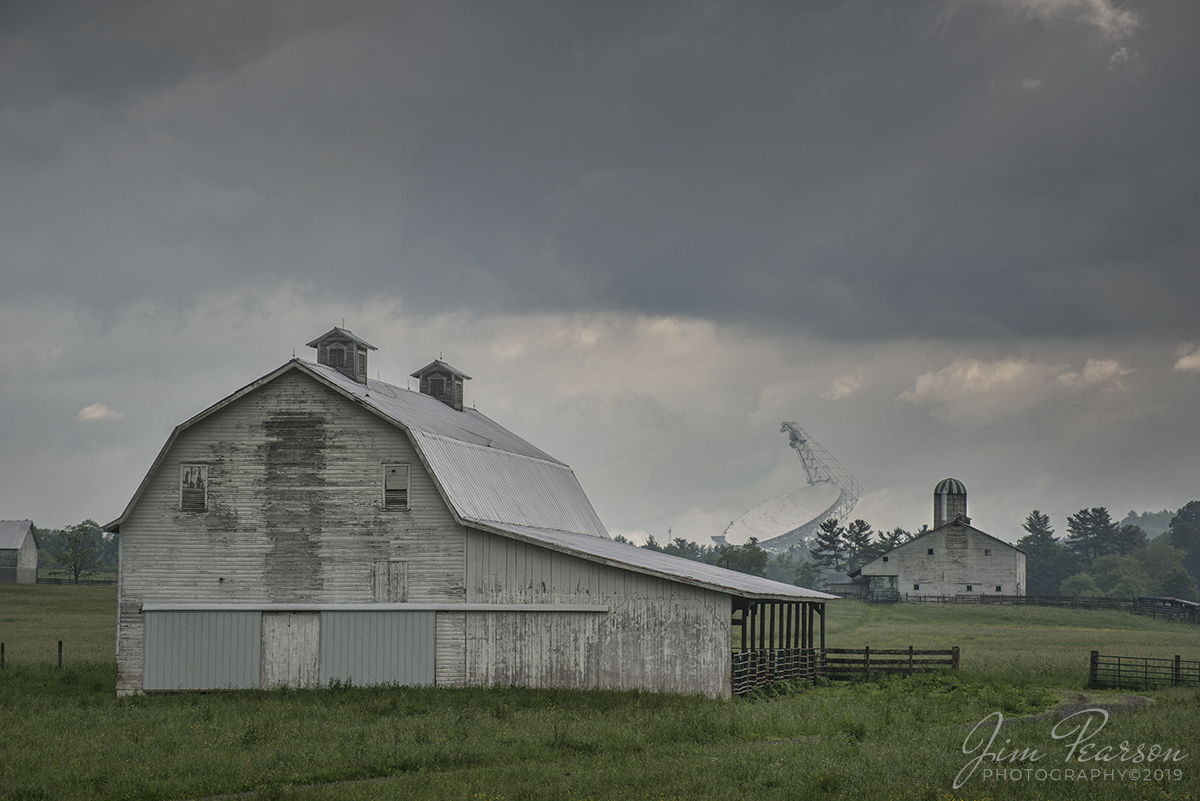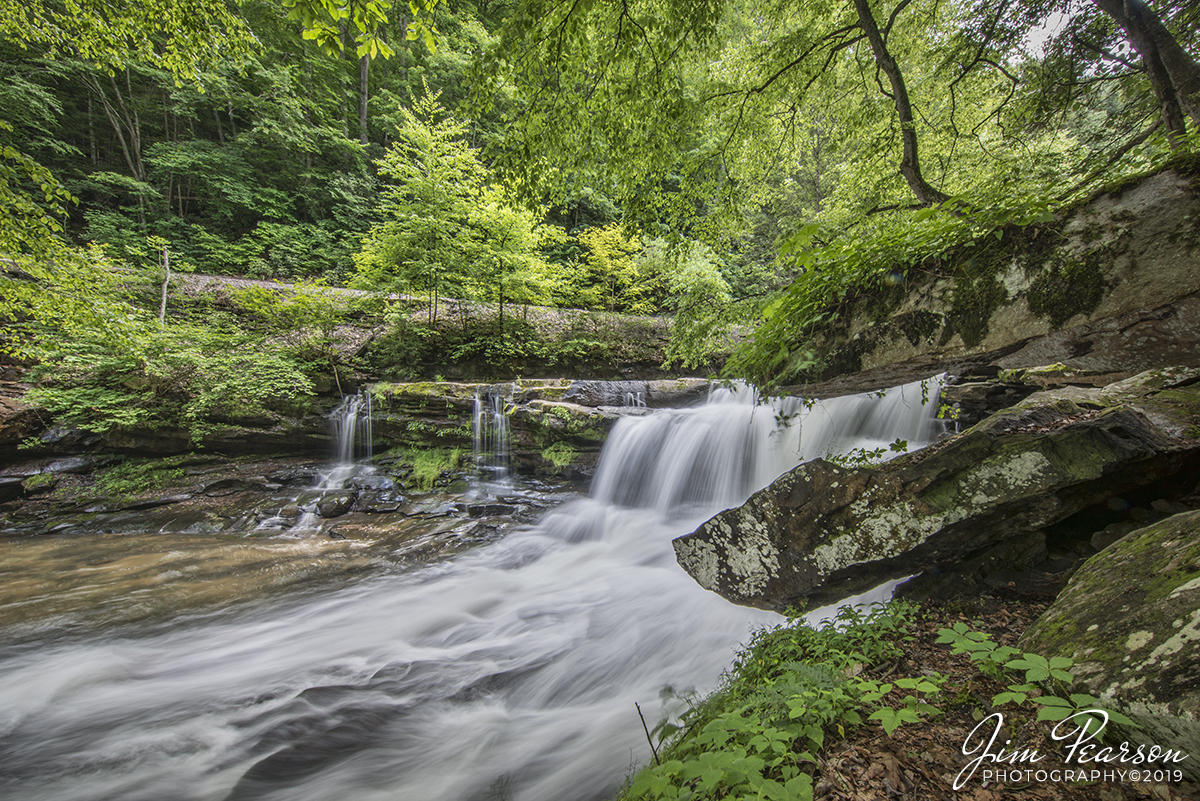CSX I025 heads south at Breton, Kentucky as CSX Monon Heritage Unit 1897 leads it under dark threatening skies on April 2nd, 2025, on the CSX Henderson Subdivision. The eleven autoracks behind the engine are loaded with Tesla’s bound for Florida and overseas market from what I’m told.
Capturing this engine means I’ve caught all of CSX’s Heritage units except for the Georgia Heritage Unit, and that one is only a matter of time!
According to a CSX Press Release: January 26, 2024 – In a tribute to its rich railroad history, CSX has unveiled its Monon 1897 heritage locomotive, marking the ninth release its ongoing heritage series honoring the company’s predecessor railroads.
“The Monon Railroad ran from Chicago down to Louisville but most of it was in Indiana,” explained CSX Carman Jason Merritt, who assisted with the heritage project. “Eventually it merged with the Louisville and Nashville Lines and was later absorbed by CSX.”
The new heritage locomotive emerges fresh from the Class I railroad’s paint shop in Waycross, Ga., showcasing a blend of modern and historic aesthetics. The design features the modern CSX design on the head end, transitioning seamlessly into the historic paint scheme and logo of the Monon line. This style reflects the approach taken with previous installations in the CSX heritage series, which often feature the current CSX paint scheme on the nose and the predecessor’s scheme on the body.
“A lot of hard work and planning goes into each project,” said Merritt. “We want to get these right, so we take pride in what we do, from the wash rack to moving them out the door.”
The new Monon heritage locomotive is a testament to the enduring legacy of America’s railroads. It stands as a symbol of the past while simultaneously pointing towards the future, embodying the spirit of evolution and innovation that drives CSX.
Tech Info: DJI Mavic 3 Classic Drone, RAW, 22mm, f/2.8, 1/2000, ISO 130.

